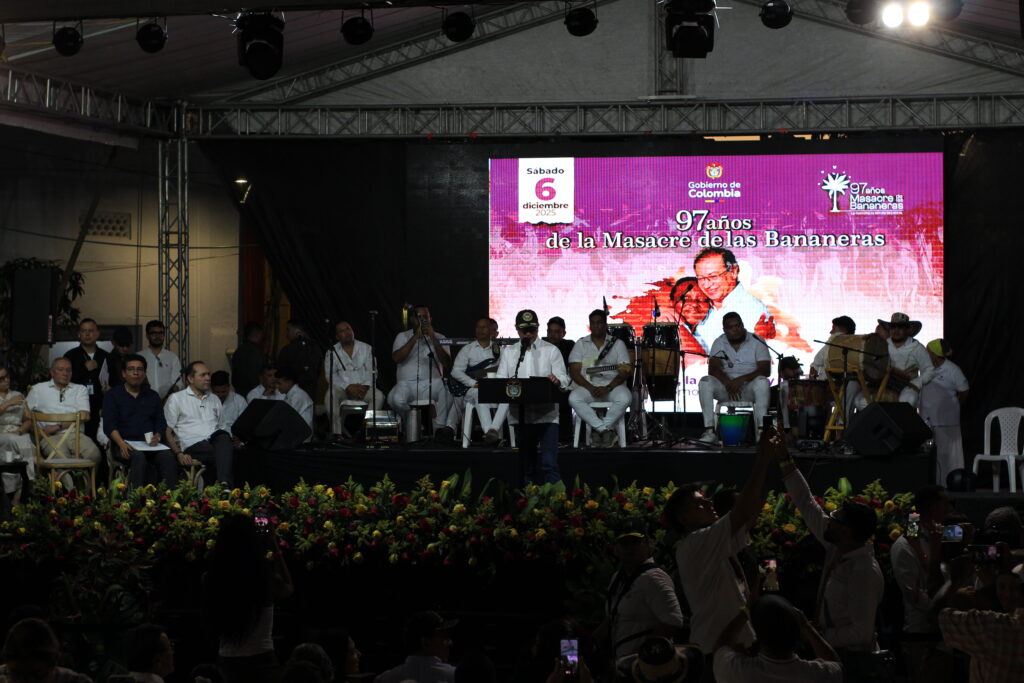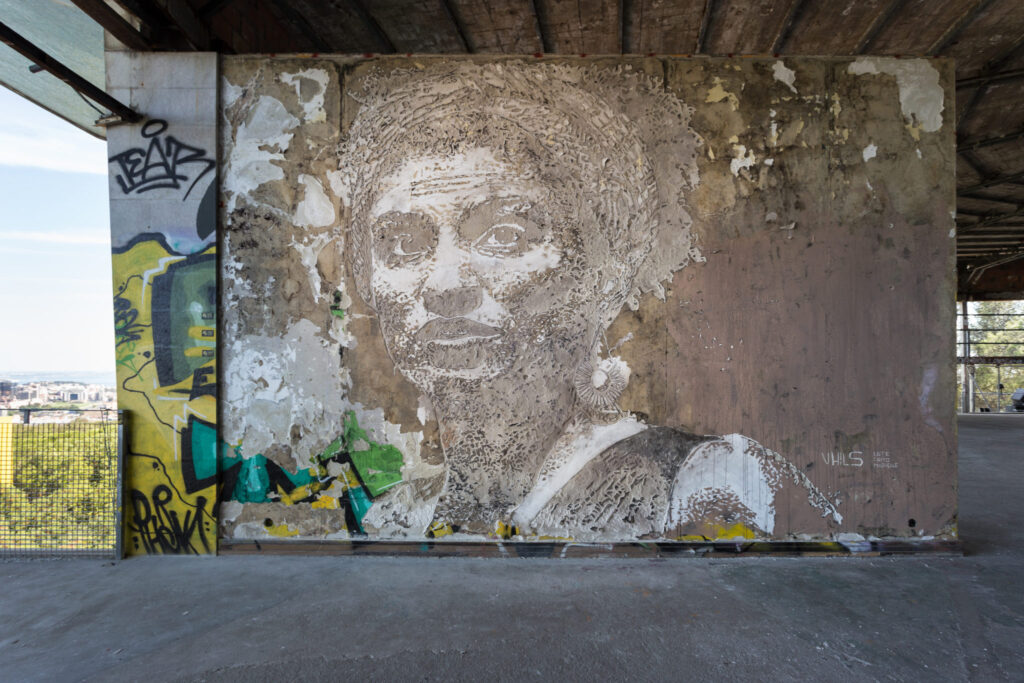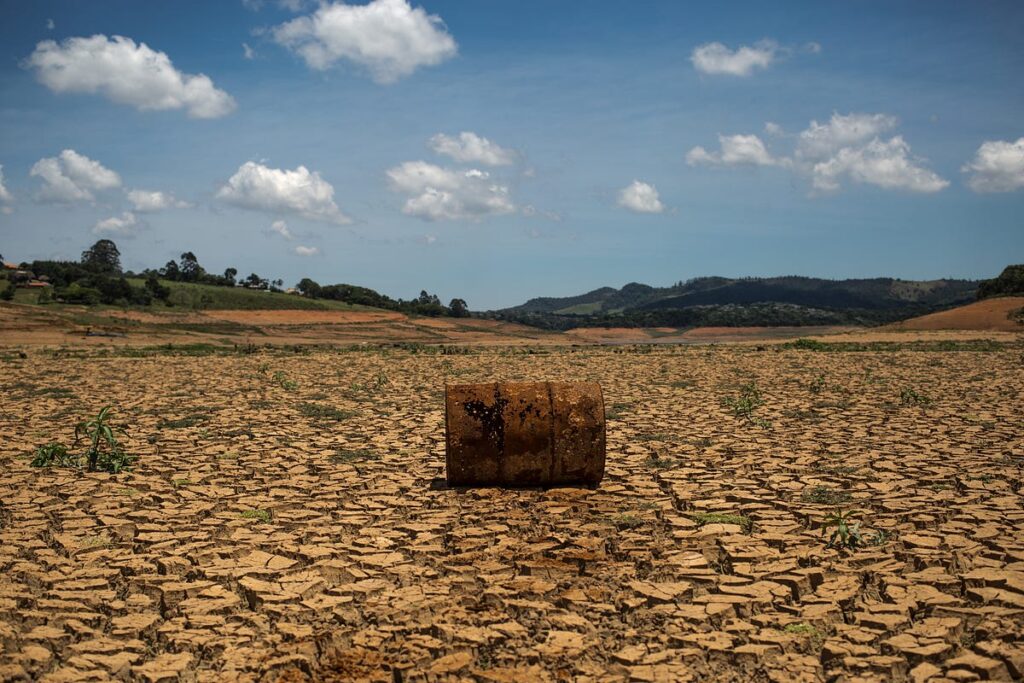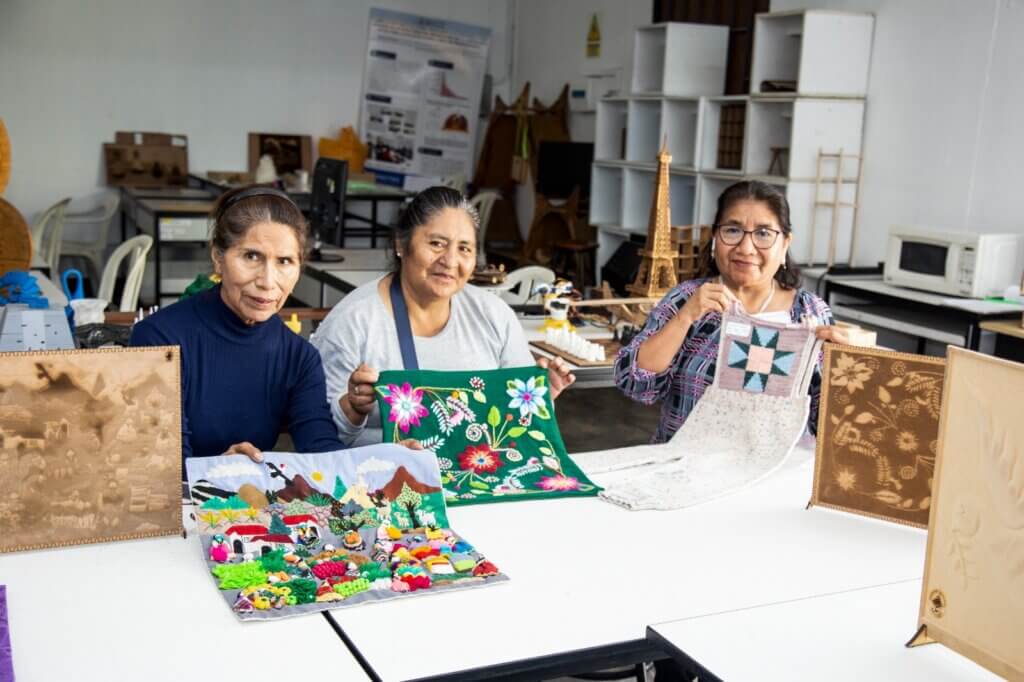This month, Human Rights Watch warned of an alarming spike in authoritarianism in Latin America, accompanied by a human rights crisis: from attacks on judicial independence, to police repression and restrictions on press freedom. Elections may not solve these problems either: half the countries in Latin America and the Caribbean show erosion in their democracies, according to the International Institute for Democracy and Electoral Assistance.
Nevertheless, elections are both a litmus test and a predictor for the state of the region’s democracies. In 2021, more than 200 million voters in ten Latin American countries had the opportunity to elect representatives, with presidential elections in Ecuador, Peru, Nicaragua, Honduras and Chile, as well as legislative and local elections in Argentina, Mexico, Venezuela and Bolivia. The coming year will see elections in Colombia, Brazil, and Costa Rica. Compared to 2021, there are fewer elections this year in the Americas, but they are big ones – Chile too is set to vote on a brand new constitution.
In the final weeks of last year, Chile and Honduras voted for left-wing presidents, extending a wing that has been taking place across Latin America over the last few years. This year, leftist politicians look likely to win presidential elections in Colombia and Brazil, putting the left and centre-left in power in the region’s largest economies, after Mexico swung left in 2018 and Argentina the year after, Bolivia following suit in 2020. In 11 of the 12 presidential elections in Latin America since 2019, the vote was to change the ruling party.
There are notable exceptions: in the past three years, El Salvador, Uruguay and Ecuador have shifted to the right, and in Mexico and Argentina last year, the left lost ground in legislative elections, undermining their presidents and their agendas.
But the brutal toll of the pandemic in the region made clear the benefits of traditionally left-wing ideals like universal health care, while economic hardship and pandemic mismanagement by governments on the right seem to be driving votes leftwards.
The election of Gabriel Boric, Chile’s youngest ever President, broke three decades of alternation in power of Chile’s two major political blocs. Boric is a 35-year-old leftist, feminist and environmentalist, who beat José Antonio Kast, a far-right candidate whose father had been a member of the Nazi party in Germany in the 1940s.
Peru also took a turn to the left in presidential elections. In June, 18.8 million Peruvian voters pushed leftist Pedro Castillo to success over his rival, Keiko Fujimori, the daughter of a former president.
Meanwhile, already stripped of checks and balances, as well as real opposition, the region’s “zombie democracies” also carried out elections which failed to meet basic democratic standards.
Nicaragua’s 2021 elections resulted in a new mandate for incumbent Daniel Ortega. In many ways, the elections were a consolidation of the crackdown on rights and freedoms which began in 2018, but revealed the depths of Ortega’s disregard for democracy. In the run-up to the elections, Daniel Ortega’s government arbitrarily detained and prosecuted critics and opponents, including seven presidential candidates, and held many of them incommunicado in abusive conditions for weeks or months. These detentions are in addition to the more than 100 perceived critics who remain arbitrarily imprisoned in the context of the human rights crisis that began in 2018.
It was surprise to very few, that Venezuela’s November regional elections also failed to meet basic democratic guarantees: the European Union’s independent election mission reported that some political opponents remained arbitrarily disqualified from running for public office, that there was unequal access to the media, and that a lack of judicial independence and respect for the rule of law had affected the transparency and fairness of the elections.
Compared to 2021, there are fewer elections this year in the Americas, but they are big ones. So what does the year hold for Latin American politics? What are the stakes and who is fighting for what?
In October 2022, Brazilians will vote for a wide range of positions, but international eyes will undoubtedly be on the presidential contest. Brazil’s far-right populist president Jair Bolsonaro is up for re-election on October 2, and it looks to be a polarized election: his main opponent will likely be former president (from 2003-2010) Luiz Inácio Lula da Silva, a veteran of Latin America’s ‘Pink Tide’ – and currently well ahead in the polls.
In Colombia the stakes are high for 2022: President and vice president, all 102 seats in the Senate, and all 188 seats in the House of Representatives are up for grabs in March. On the same day there will also be intra-party consultations to choose the candidates who will compete in the three large coalitions that were formed this year: Team for Colombia, the Hope Centre Coalition and the Historical Pact.
The first round of the Colombian presidential elections is scheduled for 29 May (more than two months after the March legislative elections) and the possible second round for 19 June. President: A candidate must receive more than 50 percent of the vote in the first round to avoid a run-off. In the event of a run-off, an absolute majority wins. The winner holds office for a four-year term.
The Senate will elect its 108 legislators, while in the House of Representatives 188 deputies will be elected. Sixteen new seats will be occupied by victims of the armed conflict, as part of the Peace Agreement signed in 2016 by the Colombian government with the former FARC (Revolutionary Armed Forces of Colombia).
But Colombia’s labyrinthine electoral system means that with only months to go, candidates and coalitions are still crystallising, but the polls suggest it will be a battle between the leftist Gustavo Petro, currently favourite to win, facing a rightwing and a centrist coalition. Petro’s success would mark something unprecedented: the first time a leftist candidate has been elected President.
Average turnout in Colombia has been low in recent years, at around 45 percent, but these elections could be set to breathe life back into the electorate: the Registraduría reported that after this year’s deadline, the registration of voters for the legislative elections showed an increase of 35 per cent compared to 2018.
But it’s Costa Ricans who will be the first to go to the polls, on 6 February for a General Elections to elect a new president, two vice-presidents and the 57 deputies of the Legislative Assembly. Mexico will hold gubernatorial elections, Peru will hold regional and municipal elections, while in the second half of the year, we can expect a referendum on the new Constitution, drafted by the Constitutional Convention to replace the dictatorship-era document currently in place.
It is going to be a huge year for the region’s democratic processes and we’ll have our eyes peeled for the heavyweight fights we’ve got coming our way.











